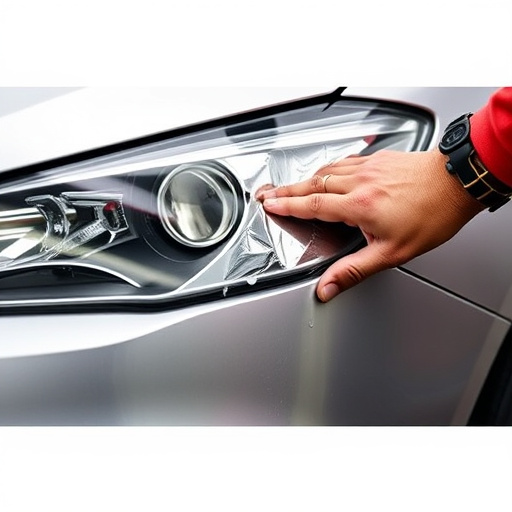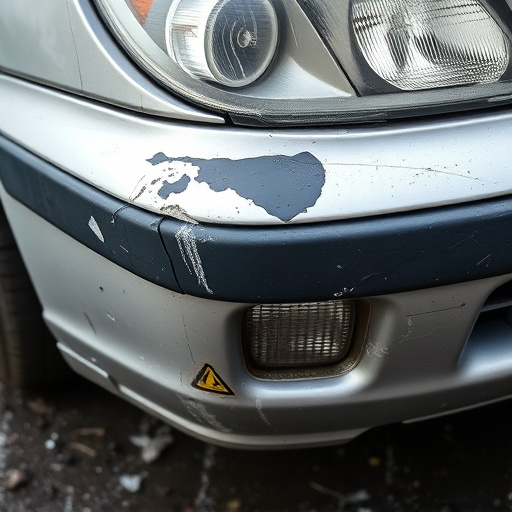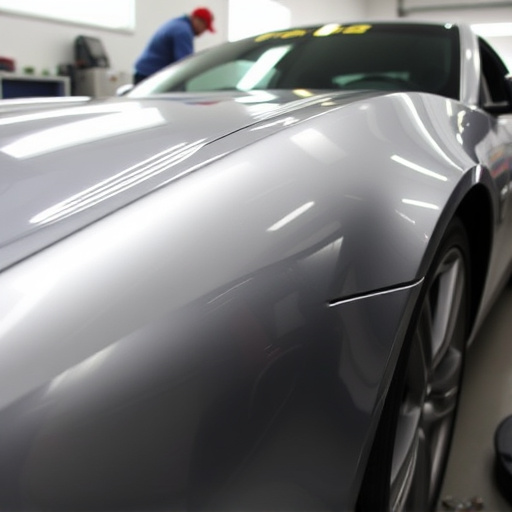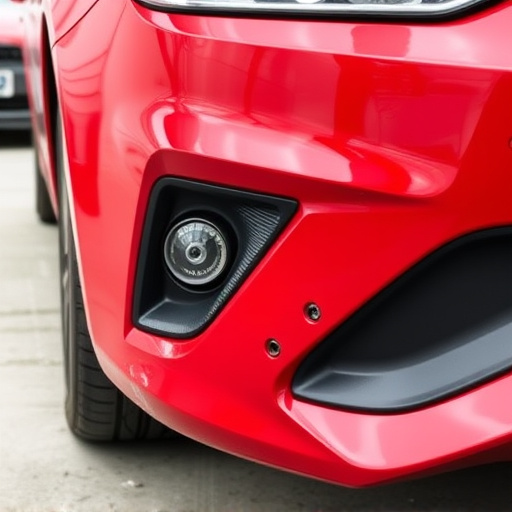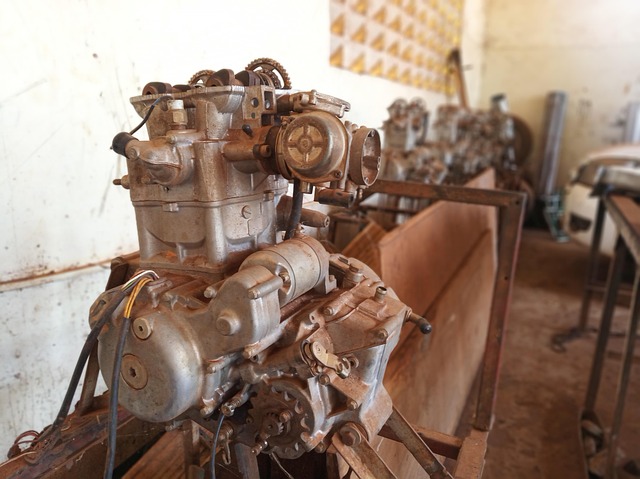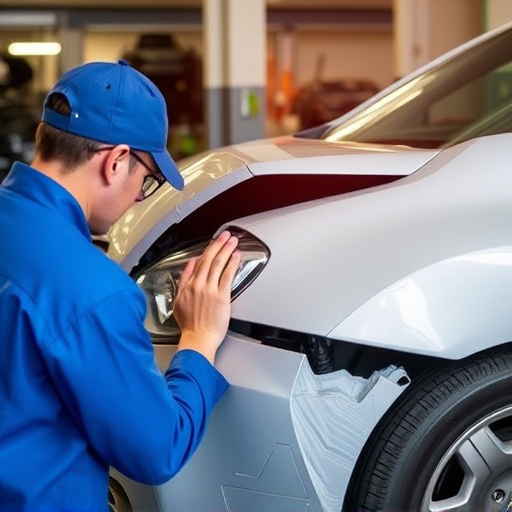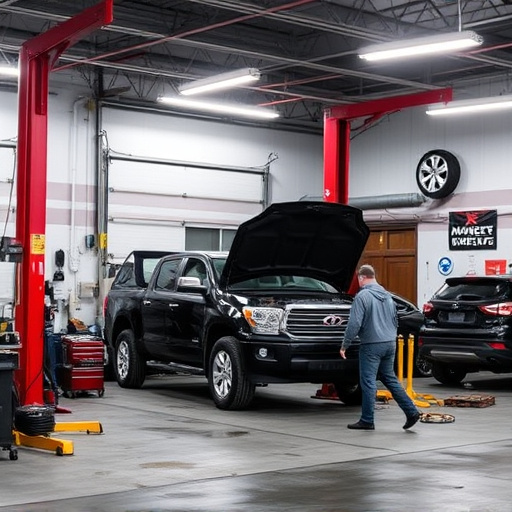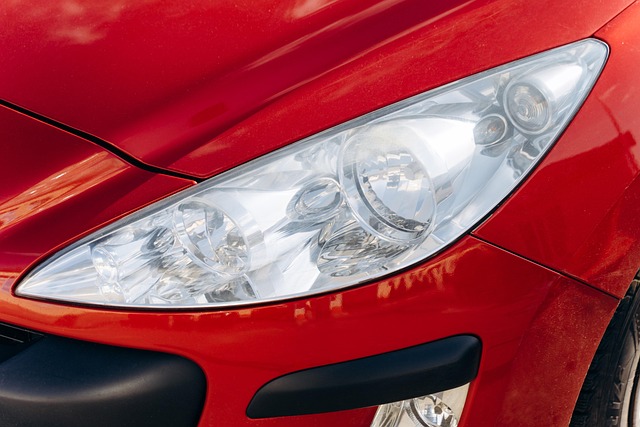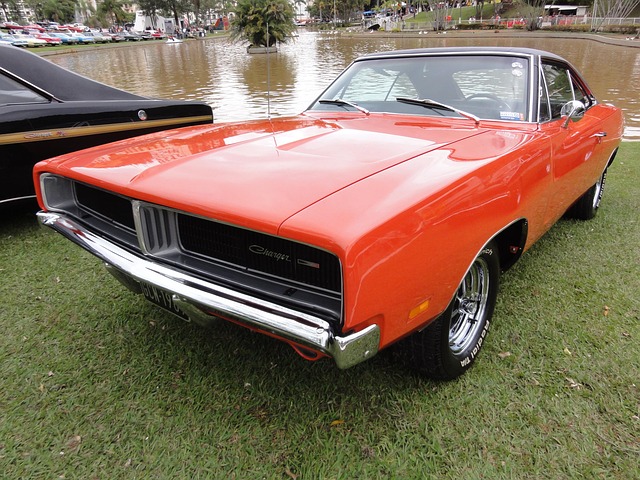Mercedes infrared-reflective glass is a cutting-edge automotive technology enhancing safety and comfort with its heat-blocking properties, UV protection, and structural integrity benefits during accidents or repairs. While offering advantages like improved durability and energy efficiency, it incurs higher costs, reduces nighttime visibility, requires specialized repair, and poses environmental challenges due to resource-intensive production and potential coating degradation over time.
“Mercedes infrared-reflective glass has garnered attention for its innovative technology, offering unparalleled thermal insulation and reduced glare. However, like any advanced material, it’s not without potential drawbacks. This article delves into the intricacies of this cutting-edge glass, exploring its environmental impact, longevity, and considerations for homeowners seeking to install this game-changing feature. Understanding both the benefits and possible limitations is essential before embracing Mercedes infrared-reflective glass.”
- Understanding Mercedes Infrared-Reflective Glass Technology
- Potential Drawbacks and Considerations for Homeowners
- Environmental Impact and Longevity of These Glass Panes
Understanding Mercedes Infrared-Reflective Glass Technology

Mercedes Infrared-Reflective Glass Technology is a cutting-edge innovation designed to enhance safety and comfort within automobiles. This advanced glass treatment utilizes special coatings that reflect infrared radiation, effectively blocking heat transfer into the vehicle interior. By reducing the amount of heat that enters through windows, Mercedes has created a more pleasant driving environment during hot summer days, thereby improving passenger comfort.
Moreover, this technology plays a significant role in passive solar control, which is crucial for optimizing energy efficiency in modern vehicles. In terms of vehicle collision repair and car damage repair, infrared-reflective glass can contribute to the overall structural integrity of a vehicle by reducing the impact of heat during accidents. It aids in minimizing internal damage, particularly in the event of an auto painting process, as it helps prevent warping or distortion that may occur due to sudden temperature changes.
Potential Drawbacks and Considerations for Homeowners

While Mercedes infrared-reflective glass offers a range of benefits for homeowners, there are potential drawbacks to consider. One major concern is the initial cost, which can be significantly higher than traditional window glass options. This premium pricing may deter some homeowners who are on tight budgets or looking for more affordable solutions. Additionally, while the reflective properties provide excellent heat reduction and UV protection, it’s important to note that this technology might slightly reduce visibility during night driving, as the dark tints can make it harder to see clearly in low-light conditions.
Homeowners should also factor in the potential need for specialized auto body repair or car collision repair services if the glass is damaged. Unlike conventional glass, infrared-reflective glass may require specific replacement techniques and tools, adding another layer of complexity and cost to any repairs. Moreover, while the glass is highly durable, it’s not entirely scratch-proof, and maintaining its reflective properties over time might necessitate regular cleaning and care to ensure optimal performance.
Environmental Impact and Longevity of These Glass Panes

The environmental impact of Mercedes infrared-reflective glass is an intriguing aspect often overlooked. While these glass panes offer advanced thermal control and reduced energy consumption in vehicles, their production process can have notable ecological consequences. The manufacturing of high-tech auto components requires significant energy and resources, leading to potential carbon emissions and contributing to global environmental challenges. Moreover, the disposal or recycling of such specialized glass becomes critical as it may contain intricate coatings and materials that necessitate specific handling protocols to prevent ecological harm.
Longevity is another factor to consider regarding Mercedes infrared-reflective glass. Despite its cutting-edge technology, these glass panes are not invincible. Over time, the reflective coating might degrade or chip, affecting its performance. Regular maintenance and proper installation by a skilled auto body shop are essential to maximize their lifespan. Auto repair services specializing in such advanced technologies can ensure that any issues are promptly addressed, preserving the effectiveness of the glass and contributing to a more sustainable future for the automotive industry, including the provision of tire services as part of comprehensive vehicle care.
Mercedes infrared-reflective glass offers innovative solutions for energy efficiency and comfort, but it’s not without potential drawbacks. While these advanced glass panes significantly reduce heat transfer and UV radiation, they may be more expensive than conventional options and require specific cleaning practices to maintain their reflective properties. Additionally, their effectiveness depends on local climate conditions and window orientation. Despite these considerations, the environmental benefits and longevity of Mercedes infrared-reflective glass make it a compelling choice for homeowners seeking sustainable and high-performance window solutions.
